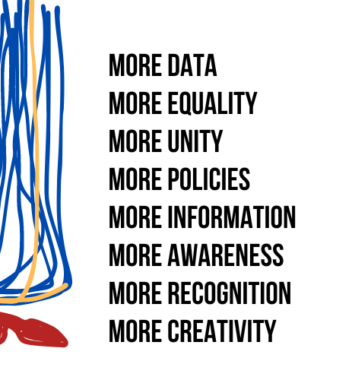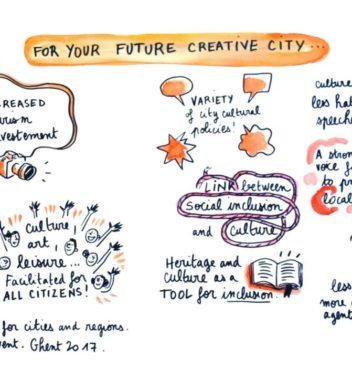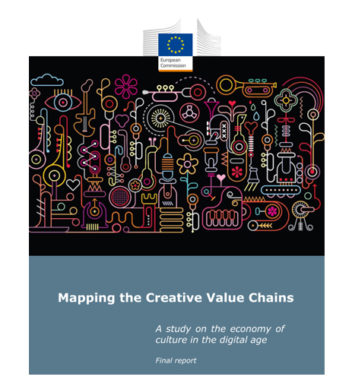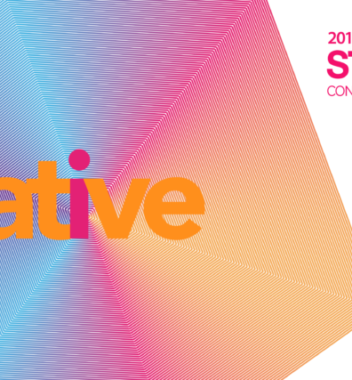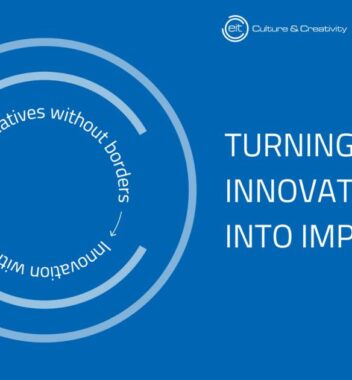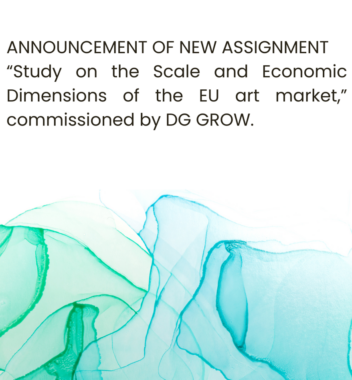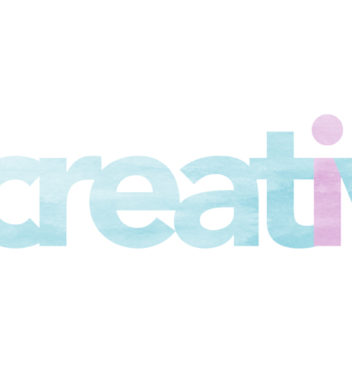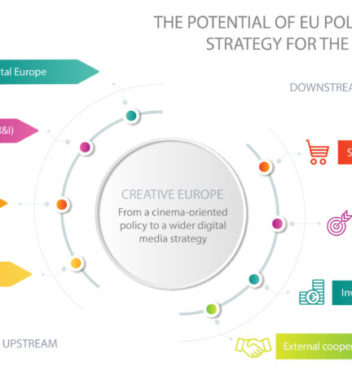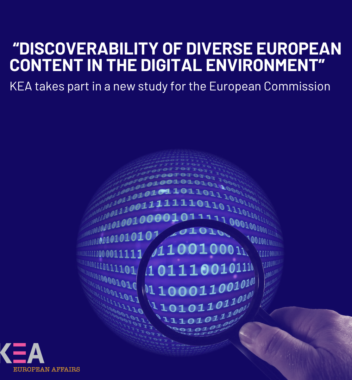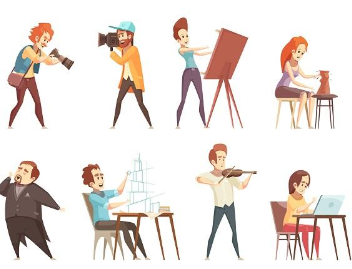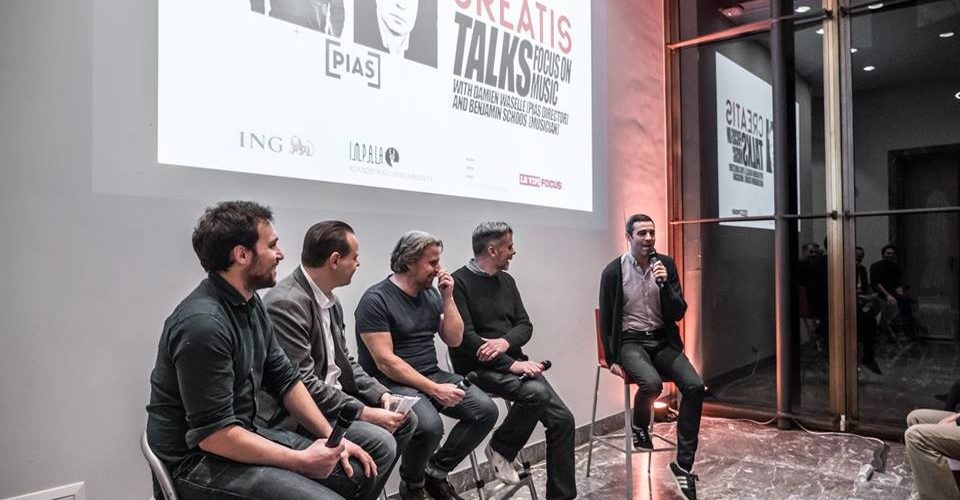
Photo credit: Andri Søren Haflidason http://stokkstudio.com / www.andri.haflidason.com
The residence for cultural entrepreneurs in Brussels, Creatis, held its third “Creatis Talk” on Wednesday, 21 November on the current situation of the music industry. Invited to this panel were the musician and label owner Benjamin Schoos (alias Miam Monster Miam), director of PIAS Belgium, Damien Wasselle, Didier Gosset from the independent music companies association IMPALA, and KEA’s director Arthur Le Gall. The focus of the debate was centred on the importance of copyright in the music industry to ensure remuneration for artists and producers in the digital era.
A timely debate
It is not by chance that the subject of this conference has been chosen now, during a period where the European Commission’s revised copyright directive is being hotly debated. Even if the European Parliament voted positively on the directive on 13 September 2018, this directive is still subject to an extreme lobbying campaign from Google and its video website YouTube, stressed Arthur Le Gall. The directive proposal is now undergoing the Trilogue phase and Google is still strengthening their efforts to influence the decision of the Commission, the Parliament and the Council. YouTube’s emissary to music labels Lyor Cohen published a letter calling for the modification of the directive’s article 13 and on the day prior to the conference, two days after Google threatened to close its News platform if the EU accepts the directive.
“The aim of the directive is to reorganise copyright at the European level. It aims among others to tackle the problem of the value gaps which have existed since the digital platforms have been playing an increasing role in the dissemination of music content. Revenues from licensed online services such as Spotify are growing and a truly digital music industry is developing. In this context, online platforms aggregating a lot of music consumption provides barely 10% of what licensed services are paying. The Directive is attempting to address this clear market imbalance”, said Arthur Le Gall.
This summer, the website fixcopyright.eu, a central element of the lobbying campaign launched by YouTube last spring, literally spammed the mailboxes and the twitter accounts of many Members of the European Parliament. “80% of the Tweets were sent from the US. This is clearly an aggressive campaign from YouTube and Google. They won’t be stronger after this fight because they are losing all their credibility towards European Institutions.” stated Didier Gosset.
Digitisation: not the gravedigger of the music industry
In addition to arguing against and denouncing this intense lobbying campaign, the participants tackled major current issues of the everyday life of music producers and artists. They first approached the numerous benefits of the digitisation process for independent musicians and producers.
“Of course, digitisation has totally transformed the business model of all producers, but not only in a bad way. Digitisation also has a good side for the independent market.” Didier Gosset said. He explained that digitisation allows the distribution of very specific music repertoire and genres. Urban music is the first streamed music genre online and the second one is the metal and hardrock genre. “Some metal labels are even programming the re-edition of some albums depending on the number of streams it recently gathered on digital platforms. The massive amount of data generated by the audience allow them to better organise their marketing campaigns. There is a promising future for data analysts who want to specialise in the music market…” he added.
Another advantage for independent producers is that streaming platforms enable very specialised labels to find an audience that they could never have reached with traditional distribution systems. It allowed, for example, Benjamin Schoos’ label “Freaksville records” to considerably increase their sales of the very specialised and rather underground music he produces.
Damien Wasselle gave a concrete example of the powerful instrument that streaming represents for them. A song by the PIAS signed band Lord Huron has had a 2-year uninterrupted success, ranking number one of all PIAS weekly streams. This success is due to the synchronized use of the song in the Nextflix series “13 reasons why”. “When a song starts getting popular, the unlimited distribution possibility of the digital sector is amazing! If this had happened 20 years ago, we would have had to repress the vinyl adding a small sticker “includes The Night We Met”. It would never have been possible to reach that many people at once. Another positive thing is that you don’t have to deal everyday with your distributors, getting massive numbers of vinyls back because of transport problems or unsold stock” said Damien Wasselle.
Physical and digital music markets: two distinct realities
If digitisation has indeed brought some significant advantages, it stills remains unclear exactly how the digitalised music market is progressing. Benjamin Schoos stated that it’s hard to compare digital and physical disks because it represents two different realities. Independent producers today find it less clear cut to understand what really counts in terms of promoting their music. The participants explained, for example, that a success in terms of airplay does not imply necessarily a success in terms of streams or in playlist selection. At the same time a success in terms of streams does not imply a sold-out tour.
“For example, it is well known that nowadays playlists are revolutionising the way people access music. Some of them have several millions of regular listeners. These numbers are gigantic for the music industry. The songs that are most popular are not necessarily the ones where more was invested in marketing or which have been reviewed by a famous magazine or journalist. Though, it is still unclear how to be selected for the playlists. There is no relationship between the analysis we do on the physical market and on the digital one.” Damien Wasselle said.
The digital music market, “back to the 90’s”?
In order to adapt to the consequent changes caused by digitization, the music industry went through an intense and long merger phase. Several minor mergers occurred. For example, PIAS merged its digital catalogue with the one of the classical French label Harmonia Mundi. The aim of this merger is to provide better access to the eclectic catalogue of PIAS and Harmonia Mundi for the purpose of synchronization licences (e.g. the selling of music for movies or publicity), which represent an important finance source for independent labels. If these minor mergers enable the independent producers to strengthen their position on the market, other mergers are worrying in the way they are squeezing out competition, like the merger between Sony Music and EMI earlier this year. This merger, which has been accepted by the competition and transparency authorities, is reinforcing the concentration of the valuable catalogue online by the majors.
The digital music market, after having evened out the imbalance between major and independent producers for a short time, is now reinforcing this imbalance. “We are now back to the 90’s” Damien Wasselle said. “Our aim is to be on relative equal terms with them. We still have push this forward. We talked about the playlist and the publishing issue but if I am honest the biggest crux is nowadays is with YouTube.” The major labels are the one who benefit the most from the increasing share of digital in the revenues of music producers, because if the digitisation allows specialised music genres to be spread all around the world, the average number of streams per album does not allow independent artist to live from the revenue of those streams. On the other hand, major labels have a catalogue producing massive amounts of streams. This is recreating the same unbalanced situation as in the 90’s between the majors and the independents.
Independent music in the digital age: an ambiguous situation
Finally, even if the participants talked about the positive aspects of digitisation for independent music producers and artists, they also outlined a situation more complex than a simple black and white picture. They neither idealised the past nor provided a pessimistic forecast for the future. “Around 50% of PIAS sales are still coming from physical distribution thanks to the vinyl revival, so this is reassuring us. At the same time, you hear every day about new inventions that could potentially harm the music sector very intensely, like the compositions algorithm who have striking result” Damien Wasselle said. The participants admitted that some of the difficulties they outlined during the evening are linked to the specialisation of their music and that it has always been a significant challenge. “It would be wrong to believe that people were more curious when they were going to the record shop 20 years ago. Nowadays people listen to playlists in majority for the atmosphere they provide, and not to discover new music” Damien Wasselle admitted. Finally, this speech revealed the specificities of the independent music producers and artists in adapting to the digital age and underlined that the digital world we are now living in didn’t completely transform the pre-existing power balance.
In reaction to the intense lobbying campaign from Google, a consortium of several music industry representative bodies published a “Joint Music Sector Statement”. tackling the very often incorrect arguments of YouTube.
If you don’t know what to think about the directive, Damien Wasselle proposed to look yourself into the directive text. “This text is subjected to a lot of limitations that are never mentioned by YouTube” he said. Now we have to wait and see what the output of the Trilogue will be. Results are expected by the end of the year.
This new copyright directive coincides with increased interest of the European Commission to develop a policy framework for the music sector, which goes beyond the regulatory approach. Through its preparatory action Music Moves Europe, the European Commission aims strengthen its actions for music, and to help the European music sector to take advantage of current market opportunities through targeted support. KEA is involved in two studies which have been commissioned in the frame of this action: a study about a European Music Export Strategy and a feasibility study for the creation of a European Music Observatory. Both assignments will aim at developing a robust strategy for music in Europe.
The Creatis Talk Focus on Music was organised by Creatis, residency of cultural entrepreneurs supported by ING Belgium, in partnership with KEA, IMPALA, Focus Vif and Le Vif.
Contact persons: Arthur Le Gall alegall@keanet.eu
On the same topic:
Towards a European Music Export Strategy / A new partnership to support European Music Export
KEA and Panteia start off a new Study in the frame of Music Moves Europe

